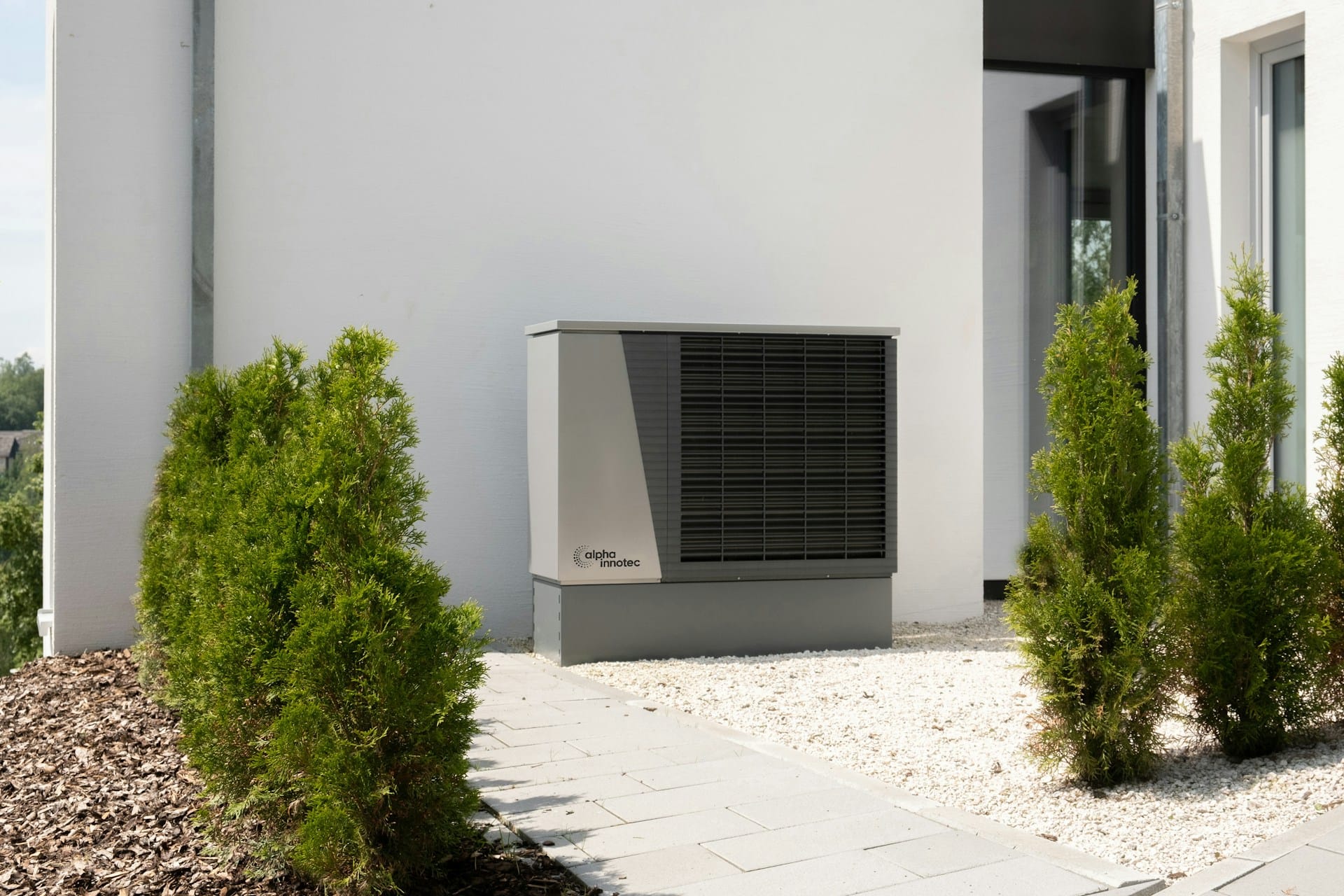Geothermal systems—ground loops, or underground networks of pipes—are the foundation of these systems. Through the circulation of water and antifreeze, heat from the Earth is absorbed throughout the winter months. After that, the low-temperature heat is moved inside to a heat pump. The heat pump raises the temperature of the heat, which makes it appropriate for warming your area.

The geothermal system can also supply cooling in the summer. It efficiently cools your interior by removing heat from the air in your house and returning it to the ground loop.
The Facts of Geothermal Heating and Cooling
The highly effective and environmentally beneficial geothermal heat pump has replaced the conventional air-source heating and cooling systems. These systems can cut pollutants and energy use by up to 44% when compared to air-source heat pumps and an astounding 72% when compared to traditional air conditioning equipment by drawing on the stable temperature of the earth’s subsurface.
Types of Geothermal Systems
There are two types of geothermal systems: closed-loop and open-loop. The closed loop uses a sealed loop of pipe with a non-toxic fluid that is used to transfer heat between your home and the earth. While an open-loop system uses ground water to transfer heat into the home which is less common, especially in colder areas, they can be useful depending on your geolocation.
How Geothermal Pumps Work
Naturally absorbing surplus heat in the summer and acting as a heat source in the winter, the rocks and soils beneath our feet operate as a heat sink. Geothermal heat pumps utilise this consistent temperature, usually ranging from 40 to 70 degrees Fahrenheit, to offer incredibly effective heating and cooling solutions for both residential and commercial structures.
Key Considerations for Geothermal Systems
Installation Costs
Although the initial cost of a geothermal heating and cooling system may be more than that of a conventional HVAC system, building owners and homeowners will find it to be an attractive option due to its long-term cost savings and environmental advantages. This initial cost can be anything between £15,000 to £40,000, depending on which type you go for.
However, there are grants and incentives in place that make it not only more accessible to people but a more attractive option. There is the Renewable Heat Incentive (RHI), which is a government scheme that allows quarterly payments rather than one initial large cost, allowing people to save up in an easier way. There are also local and nationwide grads that might offer to cover the cost alongside loan companies becoming more willing to lend as a pair of a green loan incentive.
Soil Considerations
The effectiveness of a geothermal system is highly dependent on the soil conditions in your area, as this is where it absorbs the heat. It needs to be in an area where it works for both parties. A professional can assess your site to determine sustainability.
Building Regulations
The design, construction, and installation of buildings, as well as the related services they provide, such as geothermal heating and cooling systems, must adhere to these regulations’ minimal requirements. It is especially crucial to abide by Part P (Electrical Safety) and Part L (Conservation of Fuel and Power). Therefore, having conversations with your air conditioning in yorkshire installers is a great starting point to discuss all of these regulations and requirements.
Microgeneration Certification Scheme
A well-known national quality assurance program, the MCS certifies microgeneration goods and installation businesses. In order to guarantee compliance with industry best practices and safety regulations, geothermal heat pump installation must be done by MCS-certified specialists.
Environmental Permits
An environmental permit might be needed in some situations for the installation of a geothermal system, especially if groundwater abstraction or discharge is involved. To guarantee compliance, the pertinent authorities—such as the Scottish Environment Protection Agency (SEPA)—should be engaged.
Planning Permission
The local planning authority may need to grant planning permission, depending on the size and location of the geothermal system. This guarantees that the installation respects regional development plans and has no negative effects on the environment.
Final Thoughts
When it comes to all things geothermal heating and cooling solutions there are some key considerations to be aware of and further delve into with a professional. However, there is one consistent element and that is they are an extremely sustainable solution and are the future of heating and cooling.





